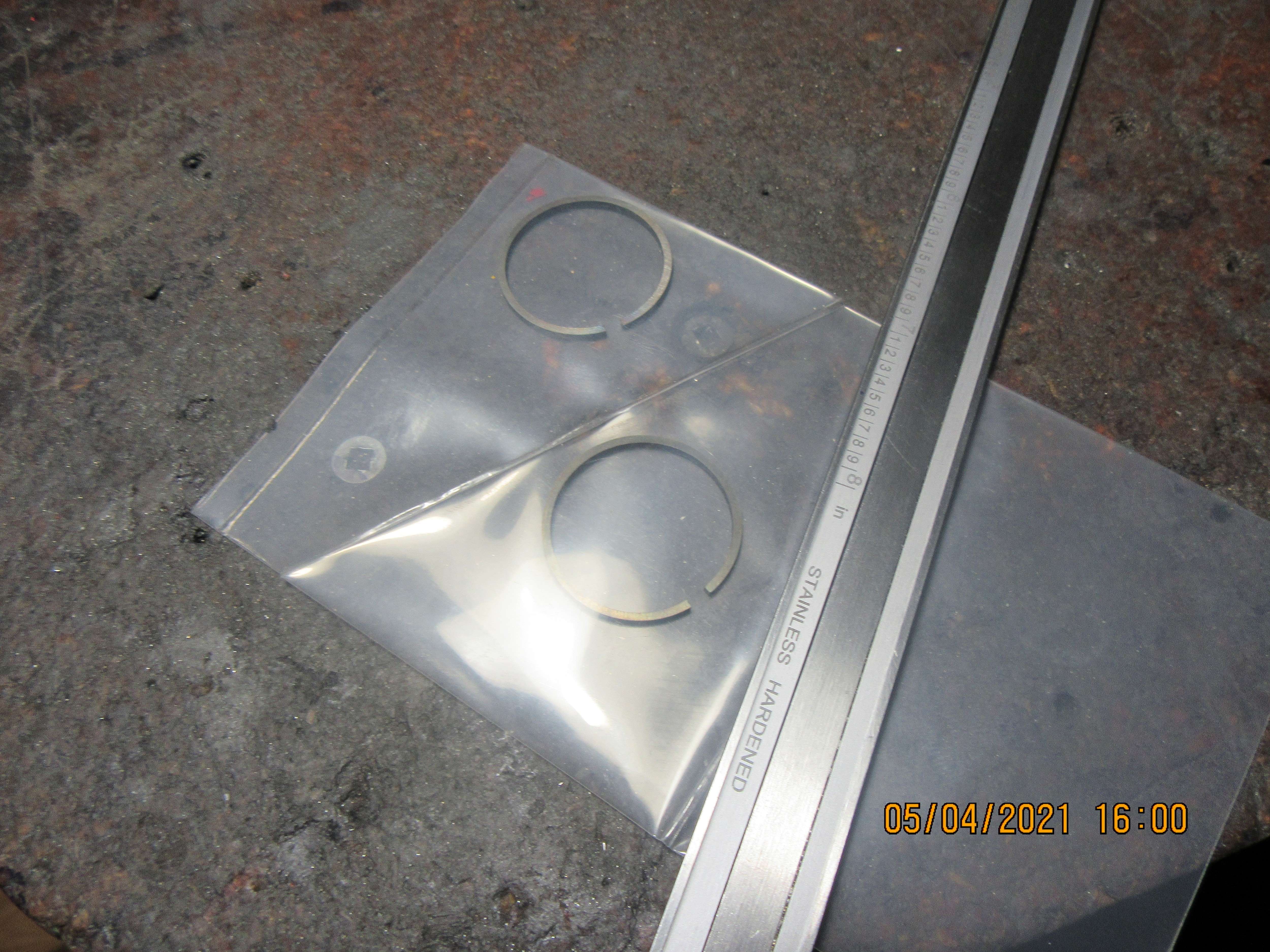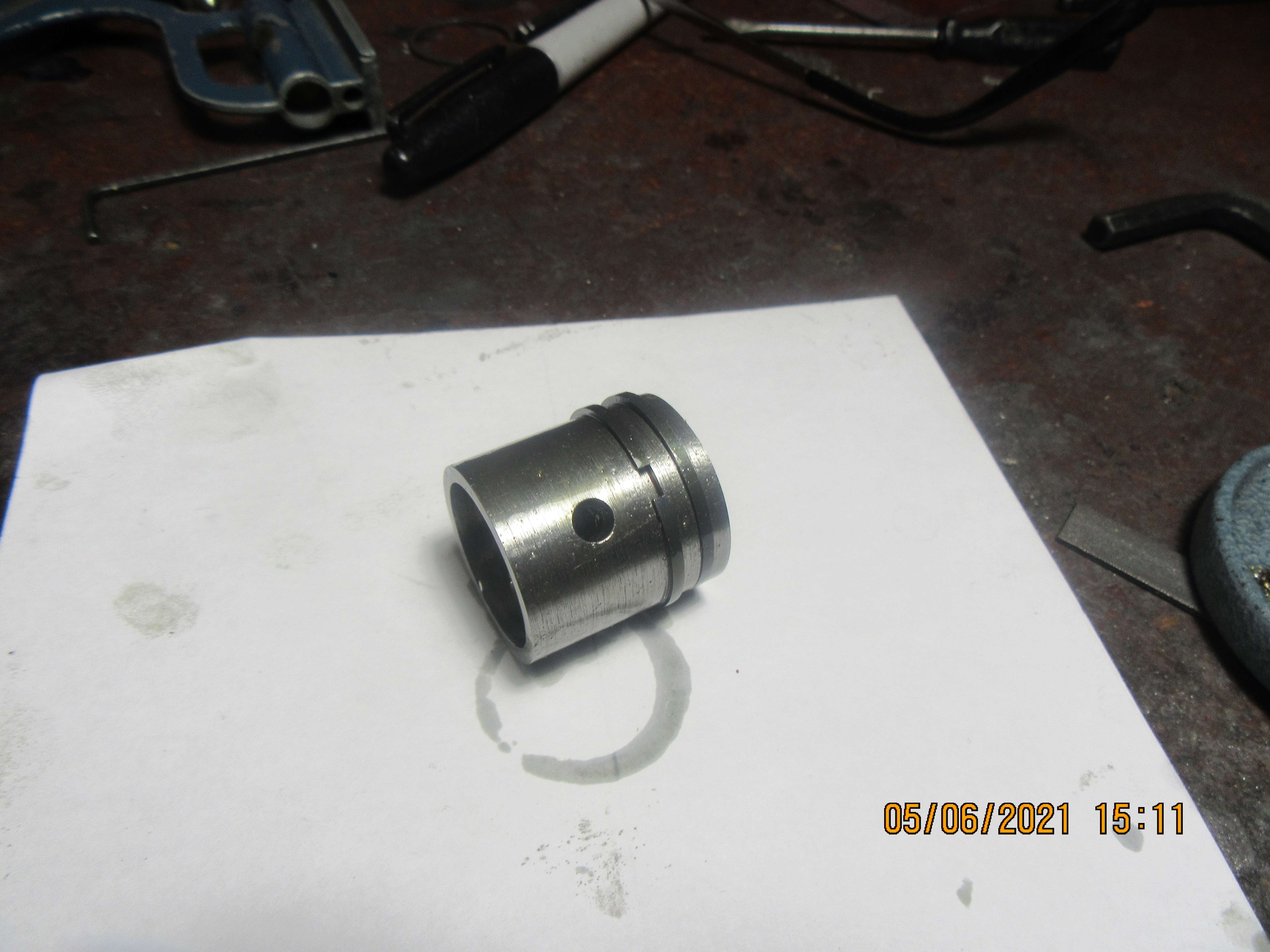Tim Wescott
Well-Known Member
- Joined
- Jun 3, 2018
- Messages
- 328
- Reaction score
- 99
"Meehanite" is a trademark; if a foundry sells it, that means they're licensed to do so (and they're audited for quality by the Meehanite company). And apparently there's more than one kind of Meehanite -- gray, gray flake, and nodular.
From my studies, making it right involves a little bit of everything: getting the right mix, getting the casting process right, & possibly heat treating (certainly heat treating in the case of nodular cast).
I bet Machinery's Handbook lists the grades -- if I were good, I'd go look myself.
https://en.wikipedia.org/wiki/Meehanite
From my studies, making it right involves a little bit of everything: getting the right mix, getting the casting process right, & possibly heat treating (certainly heat treating in the case of nodular cast).
I bet Machinery's Handbook lists the grades -- if I were good, I'd go look myself.
https://en.wikipedia.org/wiki/Meehanite






